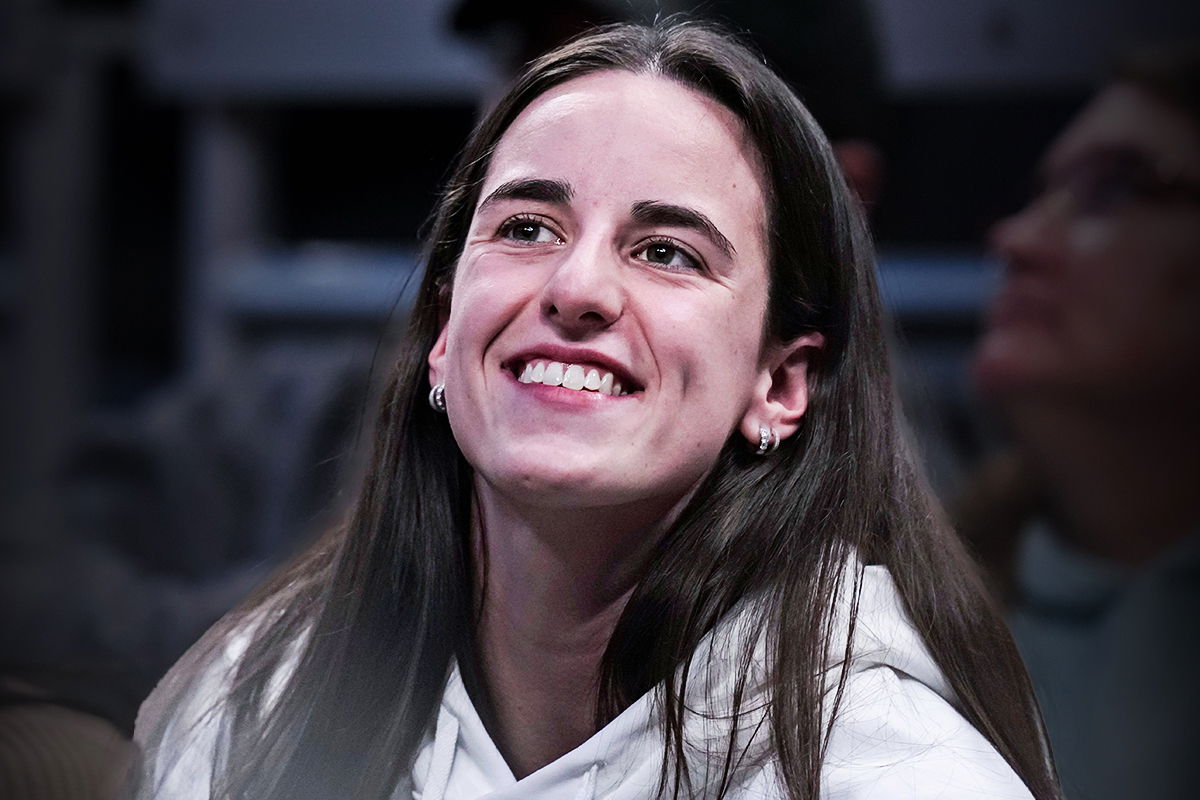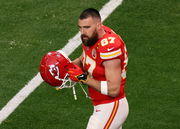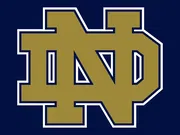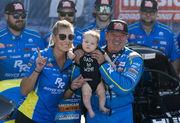
Imago
Credits- Imago

Imago
Credits- Imago
When he strode into the 1996 Greater Milwaukee Open for his first PGA Tour event as a professional, he told reporters, “I guess, hello world, huh?” Two days later, Nike turned those three words into a movement with its now-iconic “Hello, World” campaign. From there, the red Nike shirt, black hat, and black pants on Sundays became as much a part of golf as the 18th green. Yep, Tiger Woods wore them for more than a quarter-century, until 2024, when he finally announced the end of an era. But just as the swoosh was closing one chapter, the sports world was writing another. Far from Augusta’s azaleas, in the hardwood echo of Iowa City, a new economy-defining talent was rising, Caitlin Clark.
Watch What’s Trending Now!
Nike never wavered, handing her an eight-year, $28 million extension in 2024 (the economy-defining sponsorship deal ever for a women’s basketball player) even as so many other voices doubted. A year before Clark ever set foot on a WNBA court, Diana Taurasi sounded the veteran’s warning: “Reality is coming [for Clark]. There’s levels to this thing.” It was both a caution and a challenge. Yet, as Debbie Antonelli reminded us, doubt has always been the companion of disruptors: “They weren’t so sure about Tiger. His celebrity and his following increased all the purses and he was the disruptor in golf. When those things happen, they make people take a look at how and why they are doing things, and so that is what Caitlin has done.”
Once the loudest skeptic, Diana Taurasi has since conceded, and the “reality is coming for her” talk now seems to belong to Caitlin Clark’s rivals instead. Acceptance has spread, even to legends. Hall of Famer Nancy Lieberman also admitted that Clark is “doing economically what Tiger Woods did for golf. He changed the attendance, he changed the ratings, he changed the purses.” The numbers back her up. Between 1997 and 2008 (Woods’ prime), the PGA Tour prize money ballooned at an average of 9.3% per year, pushing the total purse to $292 million by 2008. Now in women’s basketball, the same kind of economic tide is swelling.
ADVERTISEMENT
According to league data, WNBA attendance jumped 48% from 2023 to 2024. This season, it crested into history: 2,501,609 fans across 226 games, a new all-time record surpassing the previous high set back in 2002 (when the league had three more teams). At the heart of this surge stands Cailtin Clark’s Indiana Fever. They are leading the league with an average of 16,513 fans flooding arenas every night. We’ve seen this flood before. As Neal Pilson, then-president of CBS Sports, once explained of Tiger’s effect at Augusta: Woods alone could drive a 30-35% spike in Masters ratings. “They don’t know what else is going on,” said longtime golf PR man Rick Schloss. “They’ve got their Ugg boots on, the hats on backwards, they’ve got a craft beer, and they know he’s cool.”
But with that kind of gravity comes the inevitable downside-
- When Tiger Woods withdrew from the 2014 Masters with back surgery, ticket prices nosedived 22.5% overnight.
- A week-long pass to the 2013 U.S. Open averaged $1,400; the next year, without Tiger, it plummeted to as low as $424.
ADVERTISEMENT
The same fragility now shadows Clark’s rise. As Lieberman put it: “I think ratings have gone down over 500% since she’s been injured.”
- Within 48 hours of her groin injury setback, Fever resale prices cratered by 50–70%.
- Premium seats that once soared over $100 suddenly sat unwanted for under $30.
ADVERTISEMENT
It is the paradox of transcendence: the higher one star lifts the game, the more the sport trembles when that star falls. Tiger Woods lived it in golf, and Caitlin Clark is living it now in basketball.
Is the WNBA No Longer a One-Woman Show?
Yes, unlike golf’s Tiger era, the WNBA may be quietly building something sturdier than one transcendent figure. For the first time, the league’s spotlight did not dim completely when its brightest star was sidelined. Some of the biggest names in the game (Caitlin Clark, Angel Reese, Napheesa Collier, Breanna Stewart) have all been forced out by injuries this season. And still, fans have kept pouring in.
ADVERTISEMENT
Just this month, WNBA officials announced that the league had shattered its single-season attendance record, with 13 franchises welcoming 2,501,609 fans across 226 games. The previous high-water mark came in 2002, when the league boasted 16 teams and 256 games. This time, it’s happening with fewer teams, fewer games, and three weeks still left in the season. Not to mention a Finals that will expand to a best-of-seven for the first time in league history.
Sure, the surge owes much to Clark and Reese. After all, their rivalry at Iowa and LSU pulled millions into the women’s game and carried over into their rookie campaigns. But it’s not just their story anymore. Paige Bueckers, a new rookie phenom, just set the single-game rookie scoring record with 44 points against the Los Angeles Sparks. The Golden State Valkyries, an expansion franchise playing its inaugural season, have sold out all 17 of its home games at Chase Center.
Top Stories
Kansas City Reporter Erupts Against Travis Kelce for Choosing $100 Million Podcast Over Chiefs

Notre Dame Captains Refused to Take Field as AD Announces Consequences With ACC

LIV Golf CEO Goes Into Damage Control Mode After Jon Rahm Declined to Pay DP World Tour Fines

Sean McDermott’s Decision Significantly Impacts Josh Allen’s Career After Bills Announced QB News

Amanda Balionis Joins Fans in Celebrating Ben Griffin’s Wedding to Longtime Partner Dana Myeroff

After Hilariously ‘Kicking’ Tony Stewart Out, Leah Pruett Ready to Reclaim Her Title as No.1 Top Fuel Driver

And according to Yahoo Sports, the Valkyries are averaging 18,064 fans per game, it is a league-best, even higher than Clark’s Indiana Fever. This is what evolution looks like. A league that once rose and fell on the shoulders of a single superstar now has multiple gravitational pulls. Yes, Clark is still the economic engine (as resale markets proved the moment she was hurt), but the foundation is broadening.
ADVERTISEMENT
The Bay Area has embraced the Valkyries like a dynasty-in-waiting. Fans in Chicago, New York, and Minneapolis rally behind their MVPs. And Portland, Toronto, Cleveland, Detroit, and Philadelphia already await their turn, as expansion pushes the WNBA to 18 teams by 2030. Tiger Woods showed what one icon can do. Caitlin Clark is proving it again. But maybe, just maybe, the WNBA’s next chapter won’t be defined by a single “Hello, World…”
ADVERTISEMENT
ADVERTISEMENT
ADVERTISEMENT

